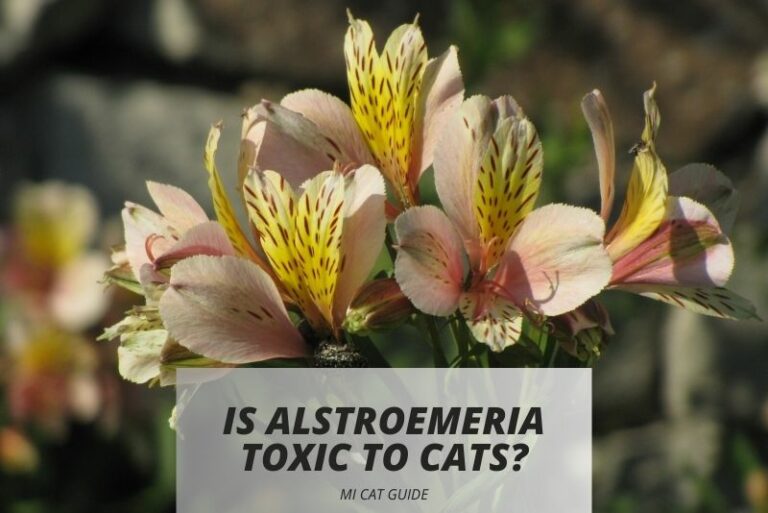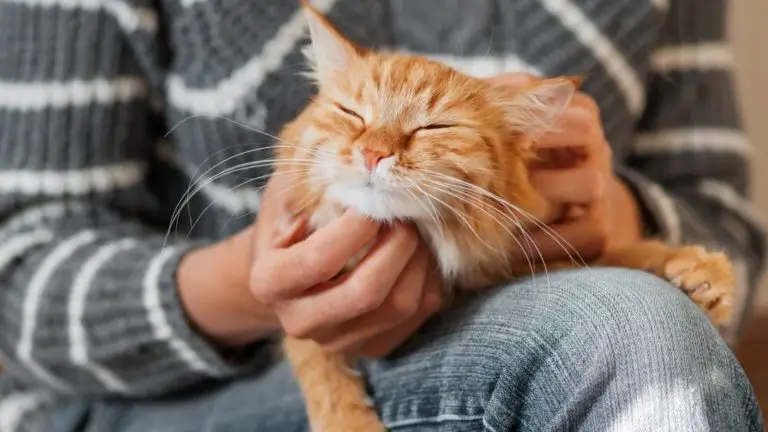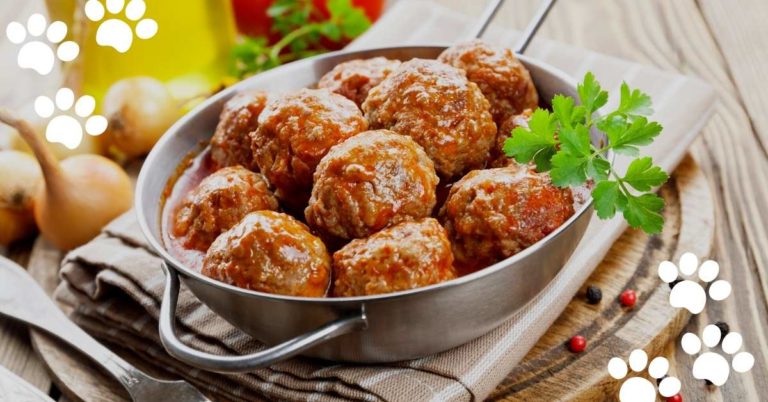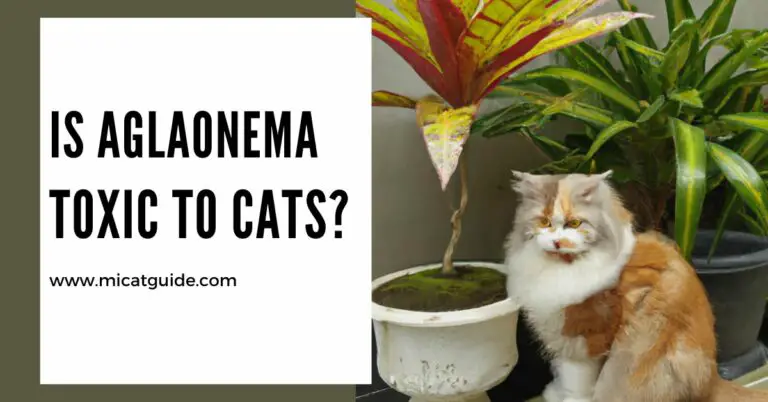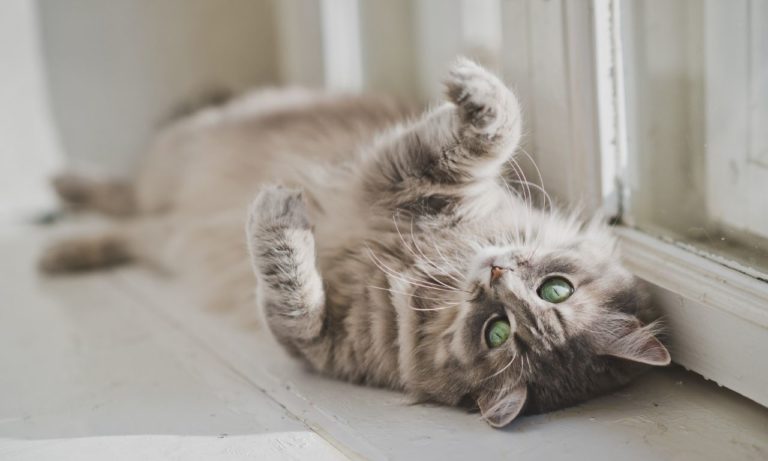Cat Poop Half Firm Half Soft: 7 Reasons & My Solutions!
As you’re here reading about cat poop half firm half soft, there’s a good chance your kitty is experiencing some gastrointestinal upset. Maybe they’re eating too fast, or drinking lots of water and not getting enough fiber.
Whatever the case, you want to help them feel better and get their digestive system back on track! While it may be unpleasant to think about, understanding your cat’s poop can give you valuable insights into their health. In a healthy cat, stool should be well-formed and brown in color.
If your cat’s poop is half firm and half soft, it likely means they are having trouble digesting their food properly. This can be caused by a number of things, including dietary changes, stress, or illness.
Here in this article, I’ll discuss more deeply about cat poop half firm half soft. I’ll try to explain what could be causing this problem and how you can help your kitty feel better. So, let’s get started!
7 Possible Reasons: Cat Poop Half Firm Half Soft
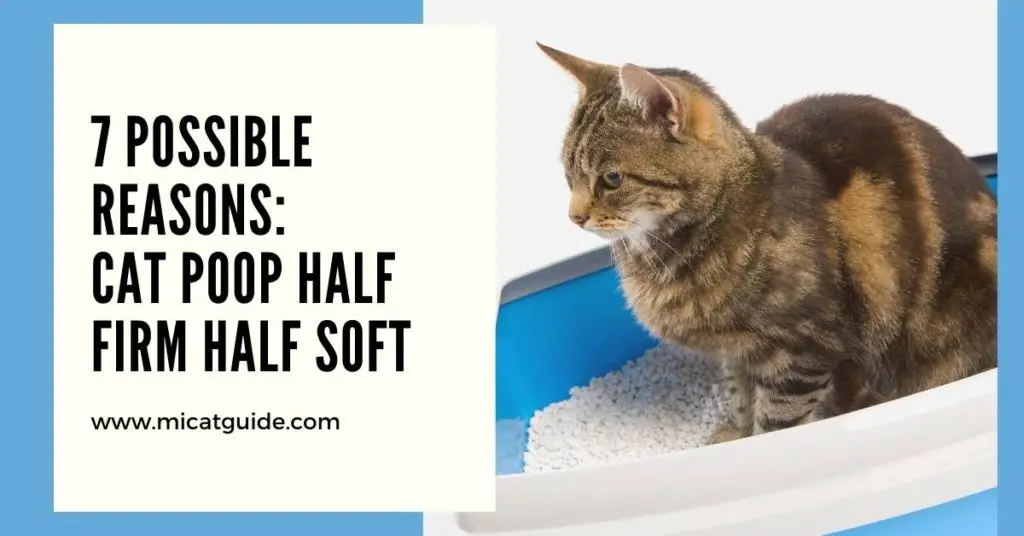
There are a few possible reasons why your cat’s poop might be half firm and half soft. Let’s take a look at each one in turn:
1. Stress or Anxiety
Cats are very sensitive creatures, and even small changes in their environment can cause stress or anxiety. If your cat is suddenly pooping half firm and half soft, it could be because they’re feeling stressed out. Common causes of stress in cats include loud noises, changes in routine, new people or animals in the home, and moving to a new house.
How to Help
Now that you know stress could be the cause of your cat’s half firm, half soft poop, you can take steps to help them feel more relaxed. Try to keep their routine as consistent as possible, and provide them with a quiet place to retreat to if they need some time alone. You might also want to consider using a calming supplement like Feliway to help reduce your cat’s stress levels.
2. Eating Too Fast
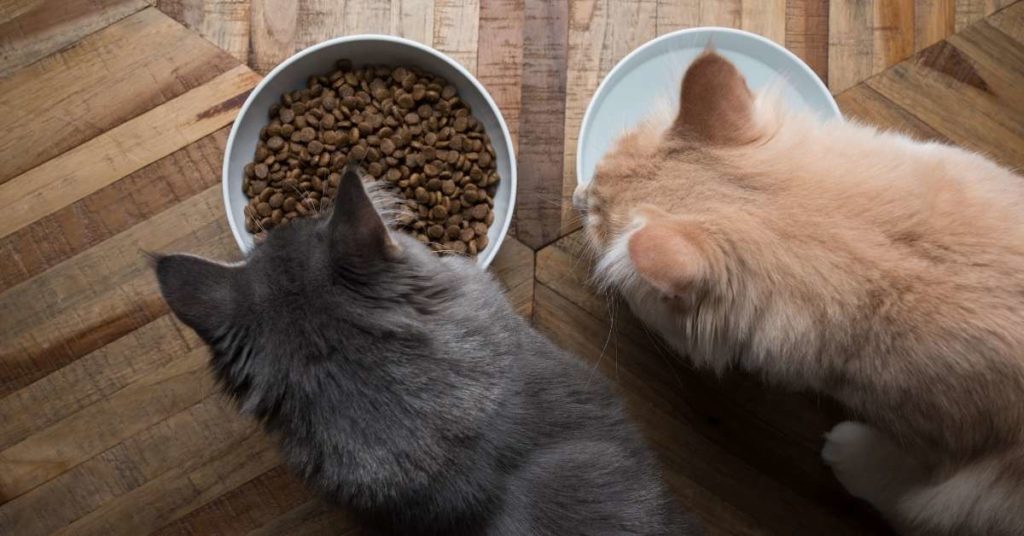
Many cats eat their meals too quickly, which can lead to digestive problems. When cats eat too fast, they don’t have time to properly chew their food. This can cause them to swallow large pieces of food that their body can’t digest properly. As a result, they may experience gastrointestinal upset and poop half firm and half soft stool.
How to Help
There are a few things you can do to help your cat slow down at mealtime. Try using a puzzle feeder toy to make them work for their food, or place a small handful of kibble in several different bowls around the house. You might also want to try feeding them smaller meals more often throughout the day.
3. Drinking Too Much Water
Cats that drink too much water may also experience digestive problems and produce half firm and half soft stool. When cats drink excessive amounts of water, it can cause their body to flush out important electrolytes and nutrients. This can lead to dehydration and gastrointestinal upset.
How to Help
I know it’s tempting to let your kitty drink as much water as they want, but it’s important to monitor their intake. Make sure they always have fresh, clean water available, and limit their access to other sources of water like toilets or sinks. You might also want to consider switching to a wet food diet, which will help increase their hydration levels.
4. Not Getting Enough Fiber
Cats need a certain amount of fiber in their diet to help keep their digestive system healthy. If your cat isn’t getting enough fiber, it can cause them to produce half firm and half soft stool. Fiber helps add bulk to stool and keeps things moving along smoothly in the digestive tract.
Based on my expertise, I’ll show you three fiber-rich meals that aid with cat feces:
- Psyllium Husk: Yes, the same stuff you take for constipation! Mix 1/4 teaspoon of psyllium husk powder into their wet food. A study published in the Journal of Veterinary Internal Medicine found that psyllium husk can increase stool output while also improving stool quality in cats.
- Canned Pumpkin: Most grocery stores carry canned pumpkin in the baking aisle. Add a spoonful or two of canned pumpkin (make sure it doesn’t have any added sugar) to their wet food. Pumpkin is high in fiber and also has a soothing effect on the digestive system.
- Raw Diet: A raw diet is the closest thing to what cats would eat in the wild. This type of diet is high in protein and fat, but low in carbohydrates. It’s also packed with nutrients and moisture, which are essential for a healthy digestive system.
How to Help
According to the National Research Council, cats need a minimum of 3% dietary fiber. If you think your cat isn’t getting enough fiber, there are a few things you can do. Try adding canned pumpkin or psyllium husk to their food. You can also give them a small amount of raw fruits or vegetables as a treat.
5. Changes in Diet
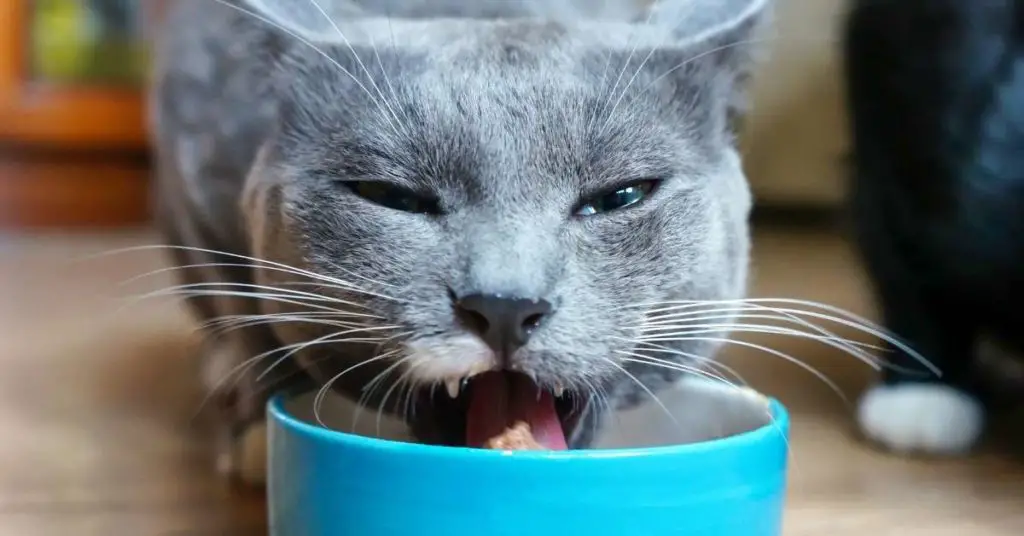
Changes in diet are one of the most common causes of gastrointestinal upset in cats. If you’ve recently changed your cat’s food, it could be the cause of their half firm and half soft stool. Cats can be very sensitive to changes in diet, so even switching to a new brand of food or adding a new flavor can cause digestive problems.
A study published in the Journal of Veterinary Internal Medicine found that changes in diet are one of the most common reasons for gastrointestinal upset in cats.
How to Help
If you think a change in diet is the cause of your cat’s half firm and half soft stool, there are a few things you can do. First, try slowly transitioning them to the new food over a period of 7-10 days. This will give their digestive system time to adjust. You should also make sure they’re getting enough fiber in their diet. If you’re still having trouble, talk to your veterinarian about other options.
6. Parasites

Parasites are another possible cause of half firm and half soft stool in cats. Gastrointestinal parasites can cause a variety of digestive problems, including diarrhea, vomiting, and weight loss. Some common parasites that affect cats include roundworms, hookworms, and tapeworms.
An interesting study published in Parasitology Research found that gastrointestinal parasites are more common in indoor cats than outdoor cats. This is likely because indoor cats are less likely to be exposed to parasites than outdoor cats.
Some common parasites that affect cats include roundworms, hookworms, and tapeworms.
- Roundworms: According to the American Society for the Prevention of Cruelty to Animals (ASPCA), roundworms are the most common type of parasitic worm found in cats. Roundworms are typically white or light-colored and look like spaghetti noodles. They can range in size from 4 to 12 inches long.
- Hookworms: Hookworms are another type of parasitic worm that can affect cats. Hookworms are much smaller than roundworms, and they attach themselves to the walls of the intestines. They feed on blood, which can cause anemia.
- Tapeworms: Tapeworms are another type of parasitic worm that can affect cats. Tapeworms are flat, segmented worms that live in the intestines. They range in size from 2 to 4 inches long. Tapeworms are usually white or light-colored.
How to Help
It’s really important to have your cat checked for parasites if you think they might be the cause of their half firm and half soft stool. Your veterinarian can perform a fecal test to check for parasites, and they can also provide treatment if necessary.
7. Infectious Diseases
Infectious diseases are another possible cause of half firm and half soft stool in cats. Gastrointestinal infections can cause a variety of digestive problems, including diarrhea, vomiting, and weight loss. Some common infectious diseases that affect cats include feline panleukopenia, feline calicivirus, and feline infectious peritonitis.
How to Help
Another life threatening possibility, it’s really important to have your cat checked for infectious diseases if you think they might be the cause of their half firm and half soft stool. Your veterinarian can perform a variety of tests to check for infections, and they can also provide treatment if necessary.
Runny Poop – Is It Diarrhea?

When it comes to cat poop, there are a lot of consistency variations that are considered normal. However, runny poop that appears more watery than usual can be a sign of diarrhea.
While diarrhea isn’t usually serious, it can lead to dehydration, so it’s important to keep an eye on your cat if they are having this problem.
If your cat is also showing other symptoms like lethargy, vomiting, or loss of appetite, then it’s best to take them to the vet for a check-up. In most cases, diarrhea can be treated at home with some simple dietary changes.
For example, you may want to switch to a food that is easier to digest or add some probiotics to their diet. In severe cases, your vet may prescribe medication to help firm up your cat’s stool.
Runny poop can be a pain (literally) for both you and your cat, but with some patience and TLC, you should be able to get things back to normal in no time.
Should You Worry About Blood in Your Cat’s Stool?
In some cases, you may notice that your cat’s stool is bloody or tinged with red. While this can be alarming, it’s important to keep in mind that a small amount of blood in the stool is usually nothing to worry about.
There are a number of benign causes of bloody stool, such as anal glands that need to be expressed or a diet that is too high in iron. However, if the blood is coming from higher up in the gastrointestinal tract, it could be a sign of a more serious problem like inflammatory bowel disease or cancer.
If you notice any blood in your cat’s stool, it’s best to take them to the vet for a check-up. Your vet will be able to determine the cause of the blood and provide you with treatment options.
What Treatments You Should Expect from Vet Office?
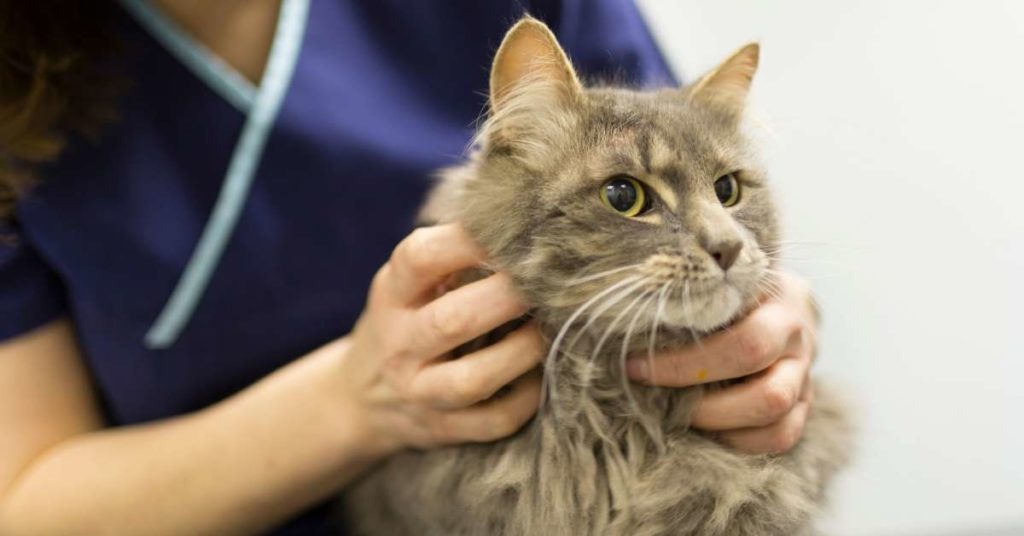
If your cat is having half firm and half soft stool, there are a few things your vet will do to determine the cause. First, they will likely perform a physical exam and take a history of your cat’s health.
Next, they may recommend some diagnostic tests like bloodwork or x-rays. These tests can help to rule out some of the more common causes of half firm and half soft stool, like infection or stress.
In some cases, your vet may also recommend a biopsy to confirm a diagnosis. Once the cause of your cat’s half firm and half soft stool is determined, your vet will develop a treatment plan accordingly.
Treatment for half firm and half soft stool will vary depending on the underlying cause. For example, if the cause is stress or anxiety, your vet may recommend some behavior modification techniques or anti-anxiety medication.
If the cause is an infection, your vet will likely prescribe antibiotics. If the cause is cancer, treatment options will depend on the type and stage of cancer. In some cases, surgery may be an option.
No matter what the cause, it’s important to follow your vet’s recommendations to get your cat’s half firm and half soft stool under control.
When to See a Vet?
From my experience, the best time to see a vet is when your cat’s half firm and half soft stool first starts. This way, you can get to the root of the problem and start treatment right away.
If your cat’s half firm and half soft stool persists for more than a day or two, or if they are showing other symptoms like vomiting or loss of appetite, then it’s best to take them to the vet for a check-up.
In most cases, half firm and half soft stool is nothing to worry about and can be easily treated at home. However, if the problem persists or your cat is showing other concerning symptoms, then it’s best to have them seen by a vet.
My Final Thoughts
So that’s all I know about why your cat’s poop might be half firm half soft. As I mentioned earlier, this condition is usually nothing to worry about and can be easily treated at home.
Keep focusing on the root of the problem and you should be able to get your cat’s half firm and half soft stool under control in no time. Besides, regular check-ups with your vet can help to prevent problems like this from occurring in the first place.
I hope you’ve found this article helpful. Thanks for reading!

